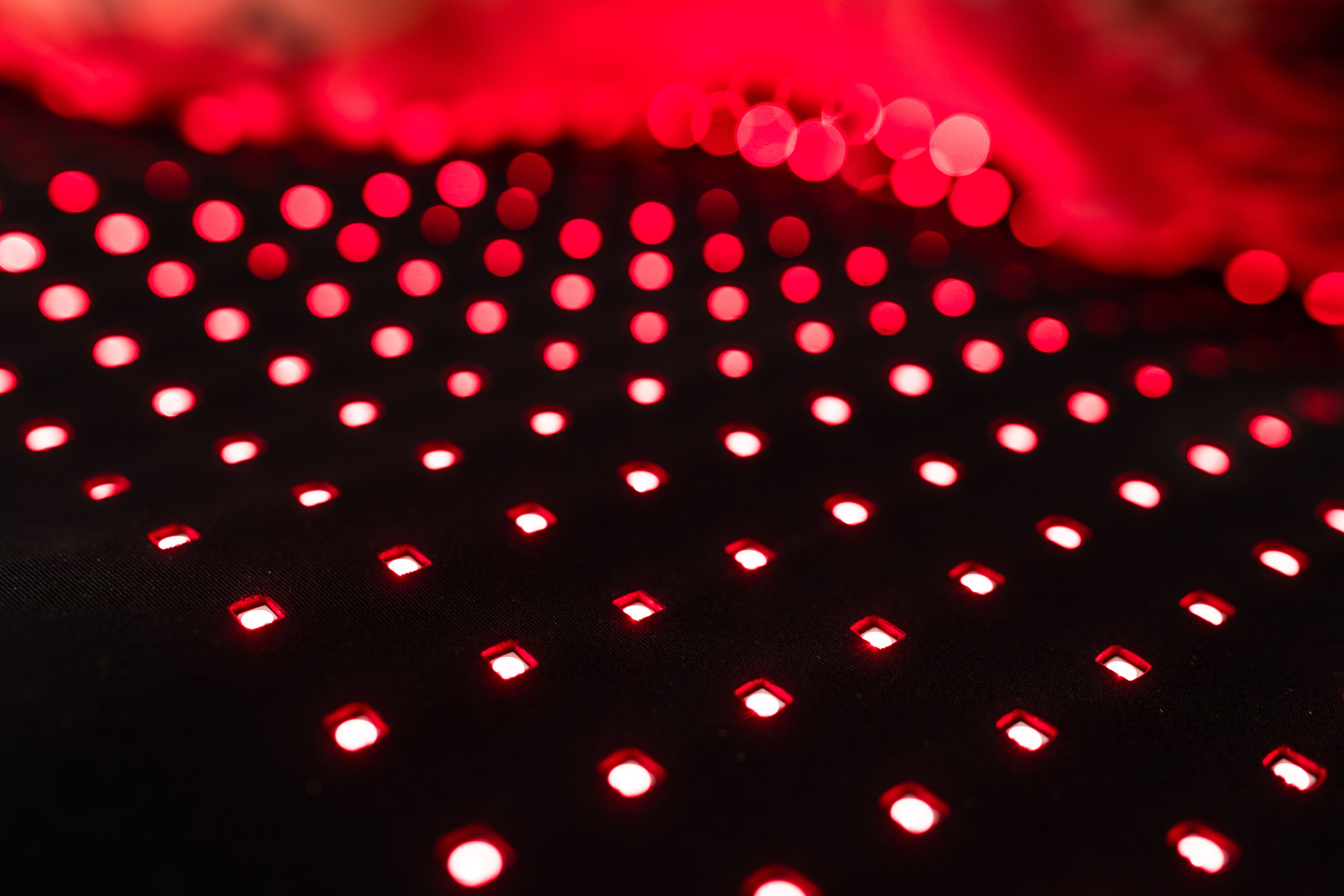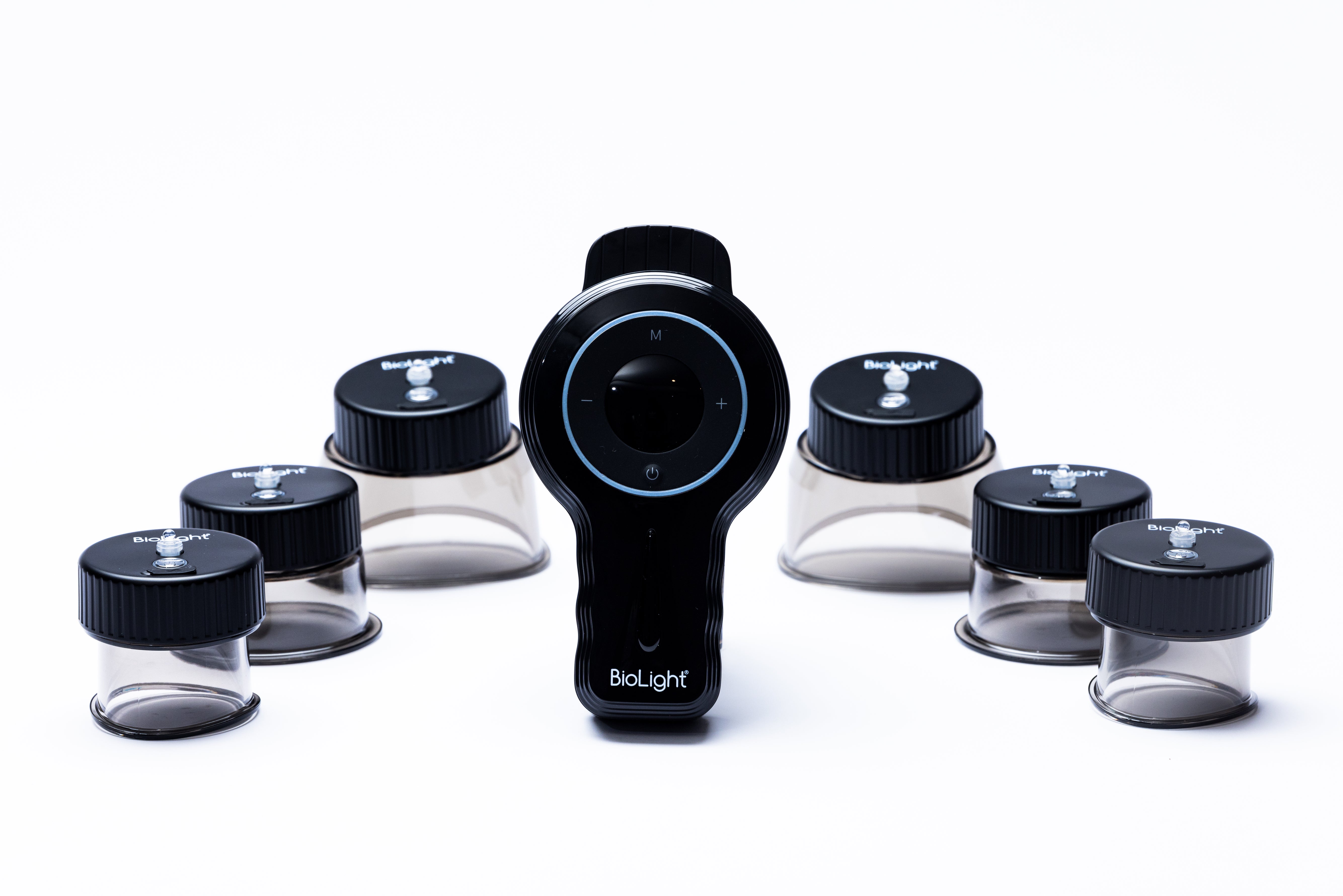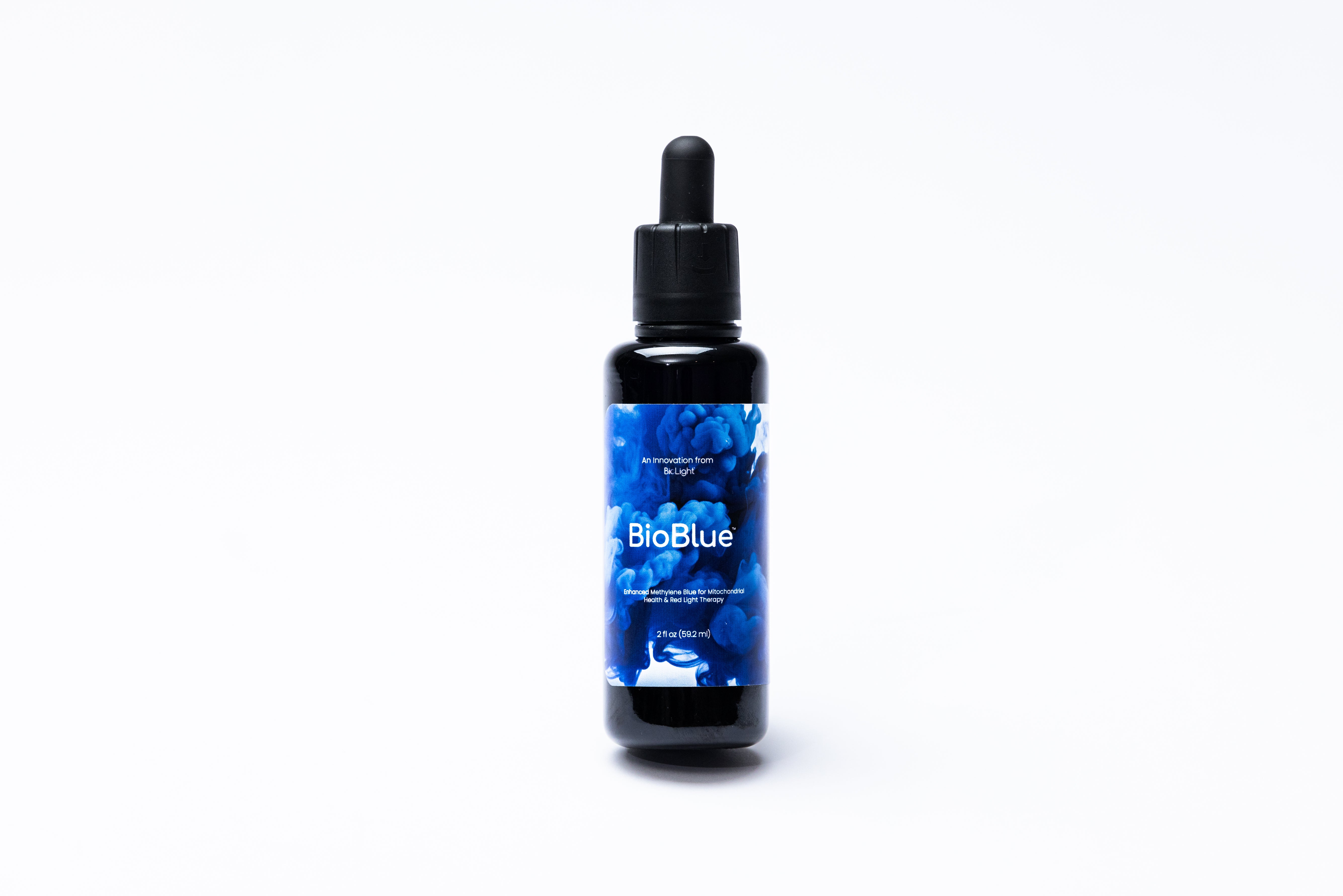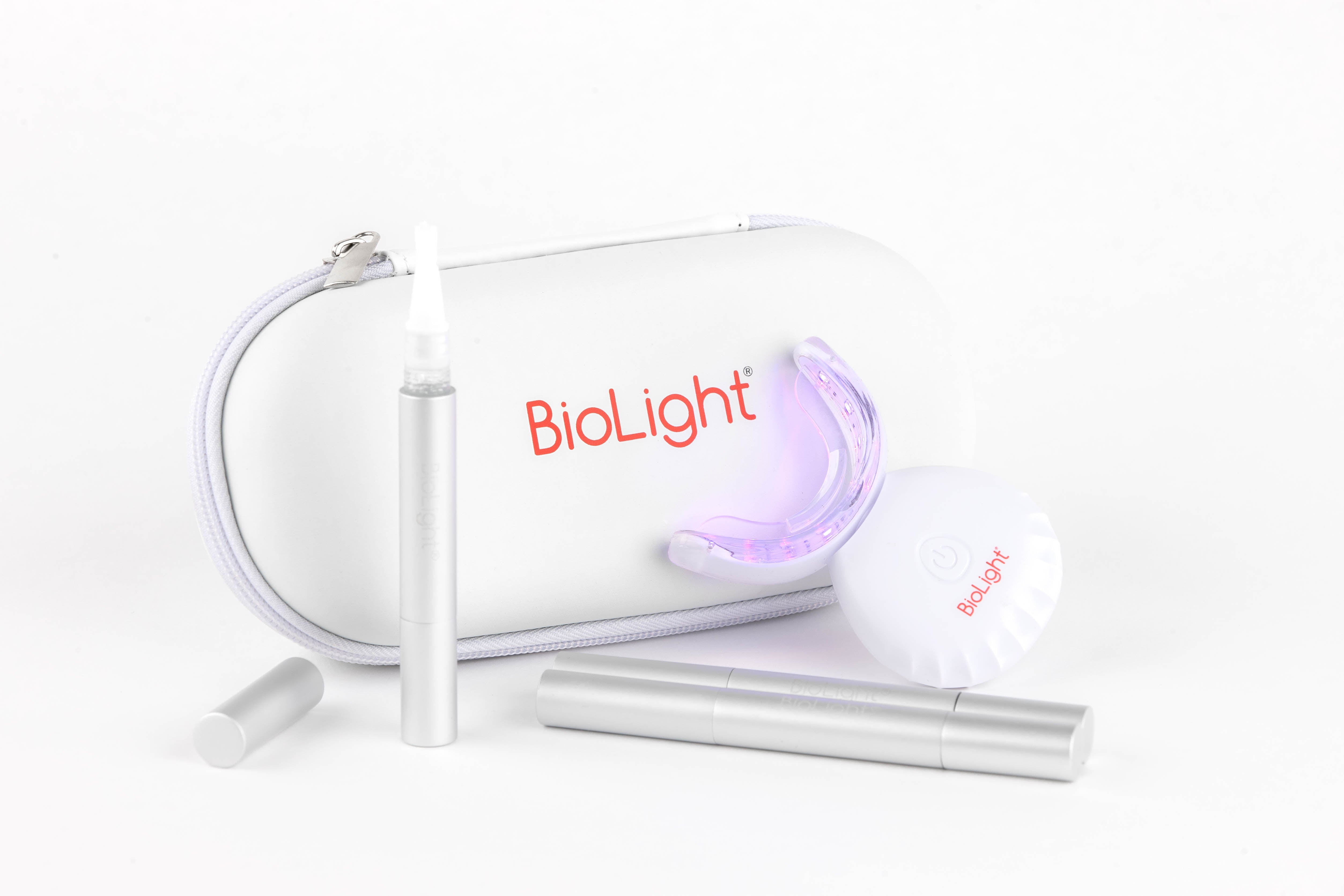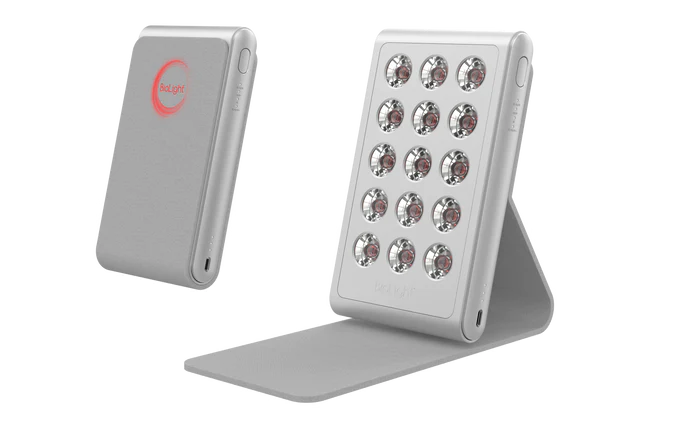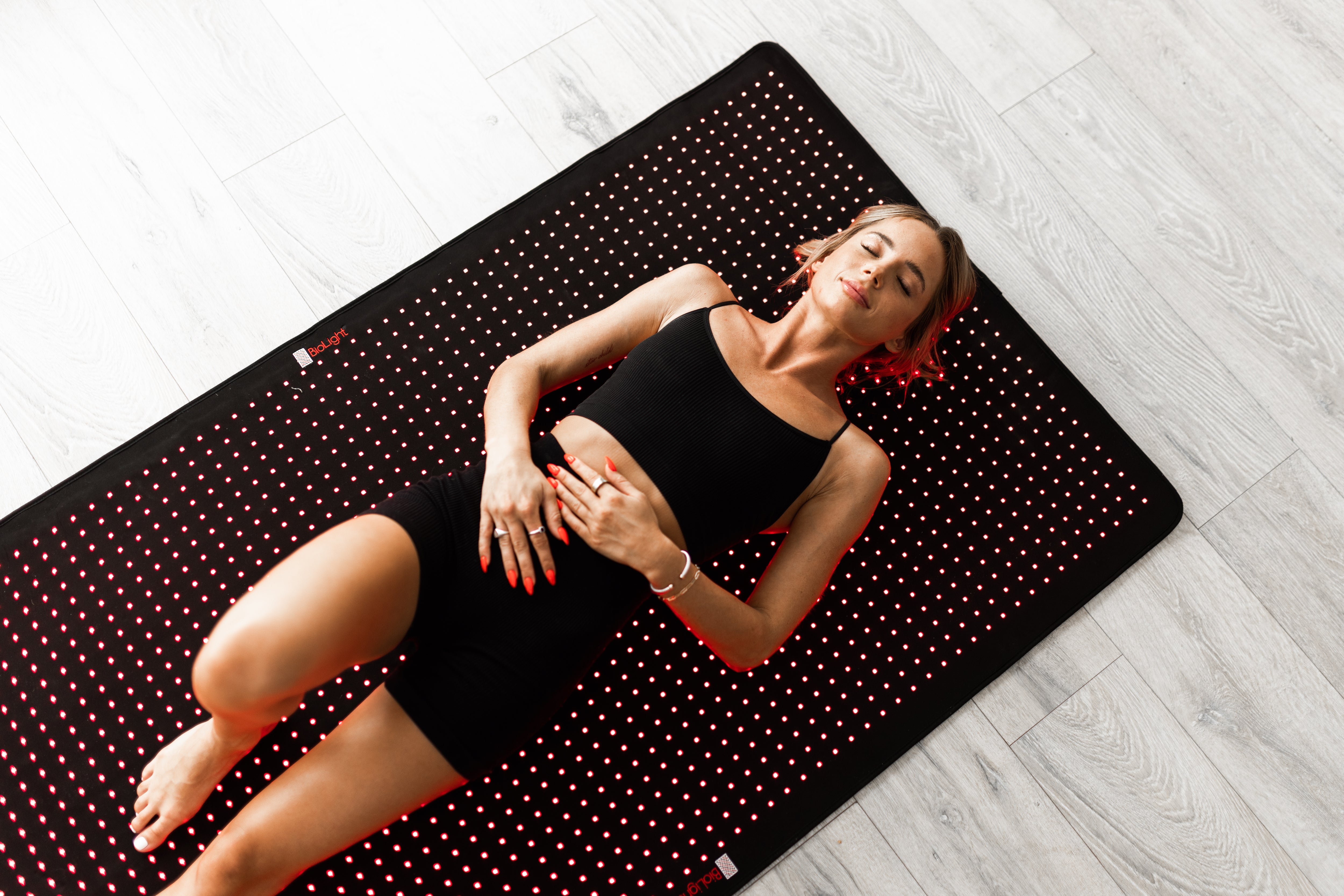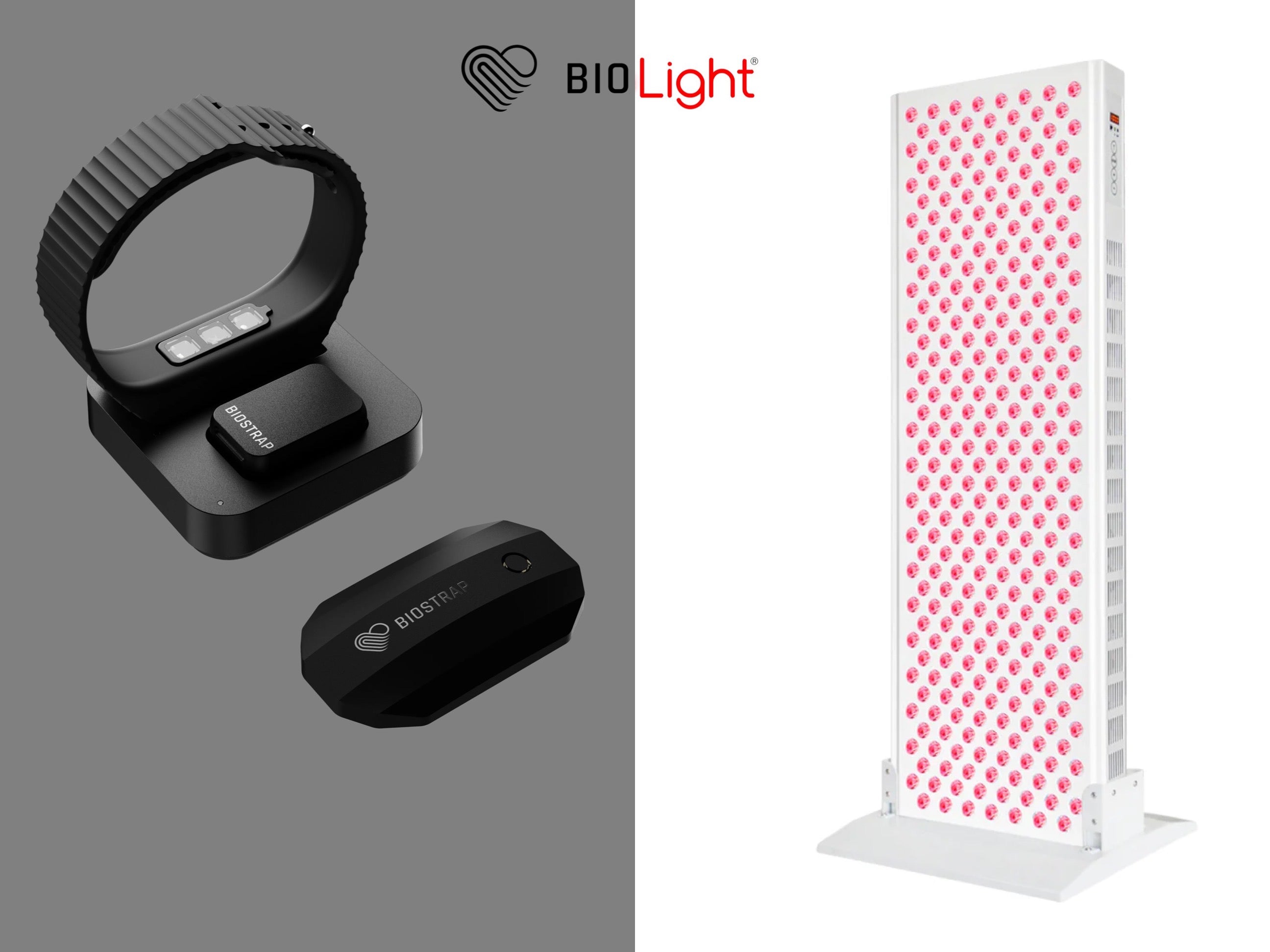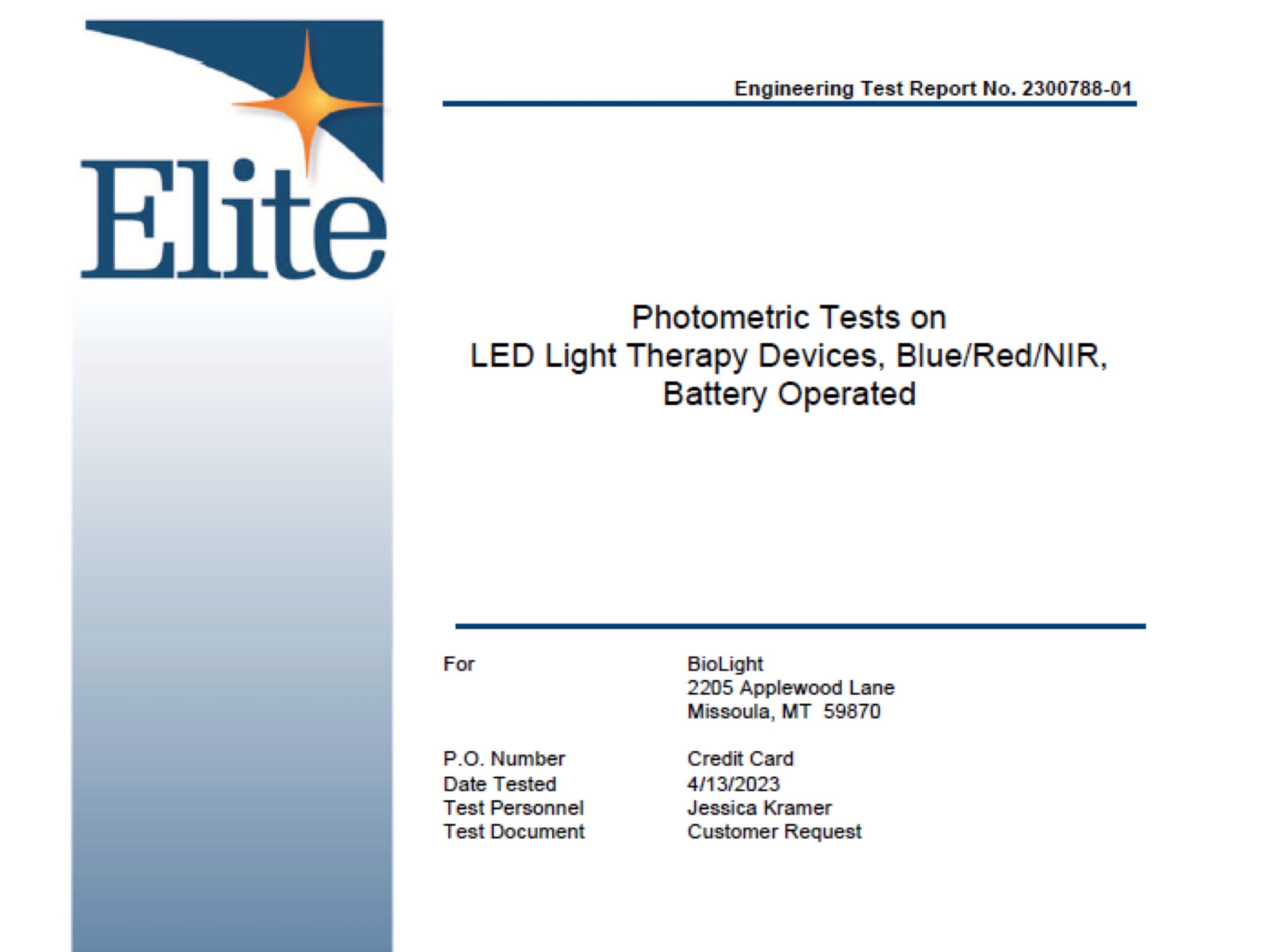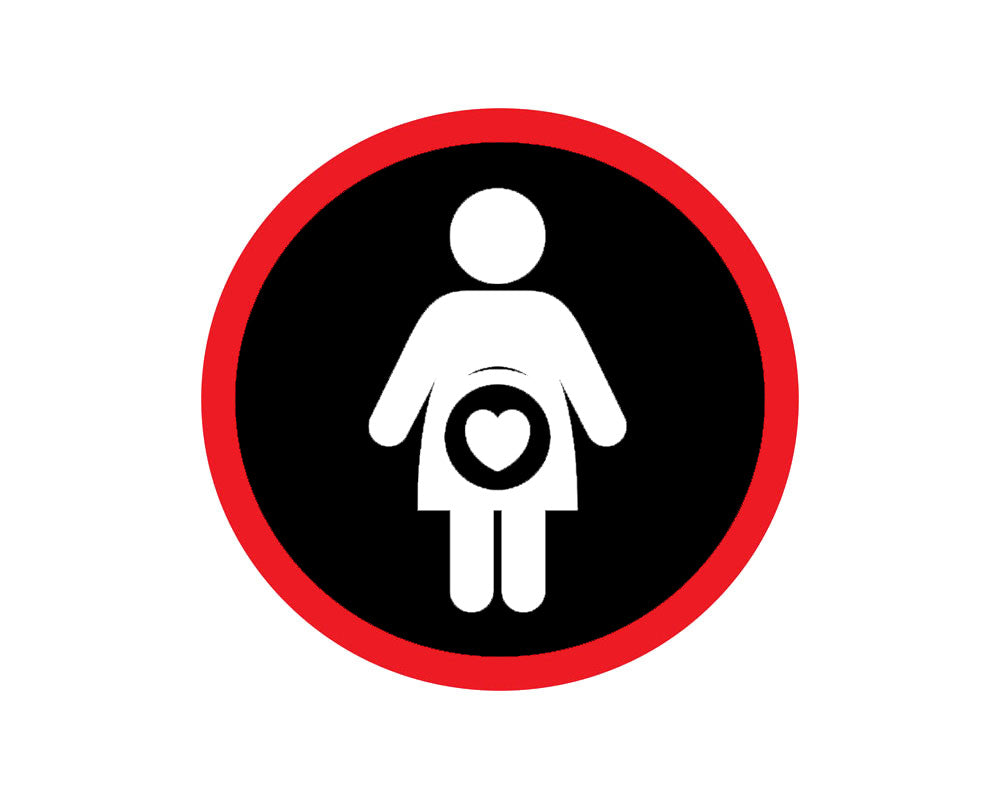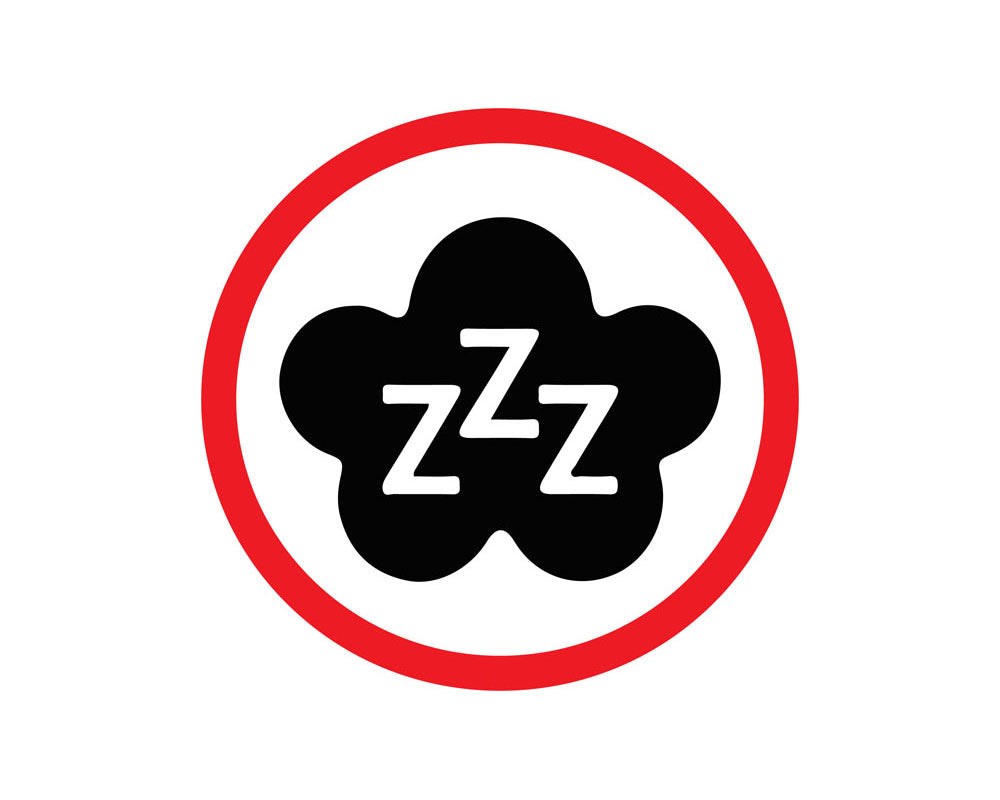How does RLT help?
Red light therapy (RLT) of human adipose-derived mesenchymal stem cells using near-infrared light irradiation has recently become more popular as an auxiliary treatment for cell therapies. This is because RLT can result in the acceleration of stem cell proliferation. Also, red light may be associated with a pro-survival signal in the MSCs that added to the increased production of ATP and growth factor secretion would lead to greater cellular response to proliferation and differentiation.

Tell me more...
Stem cells are immature, unspecialized cells with self-renewal features that provide a cell source for tissue regeneration, or to replace damaged, missing, or impaired tissue or organs. Differentiation is a critical cellular stage for these cells that allows them to provide specialized cells to form different tissues or organs.
Mesenchymal stem cells (MSCs) are mesenchymal stromal cells regardless of their tissue origin. They were originally found in bone marrow; however, they can be harvested from other adult tissue. These multipotent stem cells can differentiate into osteogenic (bone), chondrogenic (cartilage) and adipogenic (fat) cell lines.
Red light therapy (RLT) of human adipose-derived mesenchymal stem cells using near-infrared light irradiation has recently become more popular as an auxiliary treatment for cell therapies. This is because RLT can result in the acceleration of stem cell proliferation. Also, red light may be associated with a pro-survival signal in the MSCs that added to the increased production of ATP and growth factor secretion would lead to greater cellular response to proliferation and differentiation.
Interestingly, there seems to be a different RLT treatment paradigm based on whether someone receives stem cells from a young donor versus an older donor. MSCs from older subjects display a marked senescence phenotype (i.e., growing old) and require an elaborate RLT treatment compared to those from young donors. This ultimately means that older stem cells require a larger quantity of RLT treatments to achieve the same benefit compared to young stem cells.

What does the research show?
“Overall, MSCs exposed to LED have shown enhanced viability, proliferation, differentiation, cell metabolism, and secretion of angiogenic factors compared to nonirradiated MSCs.” (1)
“These findings demonstrate the efficacy and use of PBM in regulating mitochondrial membrane potential, ROS, and vesicle transport, which have potential in cell proliferation, migration, and differentiation in (stem) cell-based therapy.” (2)
“Three out of four articles confirmed positive bioenergetic effects of photobiomodulation on mitochondria of osteoblasts derived from human pulp (stem) cells.” (3)
“Our results unveil that young and aged MSCs respond differently to the same modality of PBM: whereas the beneficial effect of a single PBM treatment dissipates within 7 h in aged stem cells, it is lasting in young ones.” (4)
“Application of PBM to the bone marrow in humans can significantly increase the concentration of CD-34+ cells (i.e., stem cells) and macrophages in the circulating blood. These cells may consequently home in on the impaired target organs and improve their function…” (5)
“PBM had positive effects of biostimulation of bone tissue and increasing (stem) cell proliferation and differentiation and was a helpful tool in regenerative treatments.” (6)
(Regarding diabetic foot ulcers): “Preconditioning diabetic adipose derived mesenchymal stem cells with pretreatment agents like photobiomodulation significantly hastened healing in delayed-healing wounds.” (7)
“We suggest that PBM enhances the angiogenic potential of MSCs, leading to improved therapeutic efficacy for the treatment of radiation-induced enteropathy.” (8)
**While the current scientific research seems to indicate many positive benefits of RLT in relation to improving sleep health, there is still an appreciable necessity for more extensive research to be conducted in this area, including double-blind RCT (randomized controlled trials), to provide a more comprehensive, robust overview that will further elucidate the optimal parameters and appropriate uses of RLT, which will ultimately lead the most safe and efficacious uses for stem cells.
Citations
(1) Mansano, Barbara Sampaio Dias Martins et al. “Enhancing the Therapeutic Potential of Mesenchymal Stem Cells with Light-Emitting Diode: Implications and Molecular Mechanisms.” Oxidative medicine and cellular longevity vol. 2021 6663539. 3 Feb. 2021, doi:10.1155/2021/6663539
(2) Pan, Li-Chern et al. “Single Cell Effects of Photobiomodulation on Mitochondrial Membrane Potential and Reactive Oxygen Species Production in Human Adipose Mesenchymal Stem Cells.” Cells vol. 11,6 972. 11 Mar. 2022, doi:10.3390/cells11060972
(3) Sleep, Simone L et al. “Bioenergetics of photobiomodulated osteoblast mitochondrial cells derived from human pulp stem cells: systematic review.” Lasers in medical sciencevol. 37,3 (2022): 1843-1853. doi:10.1007/s10103-021-03439-2
(4) Eroglu, Binnur et al. “Photobiomodulation has rejuvenating effects on aged bone marrow mesenchymal stem cells.” Scientific reportsvol. 11,1 13067. 22 Jun. 2021, doi:10.1038/s41598-021-92584-3
(5) Oron, Amir et al. “Photobiomodulation Therapy to Autologous Bone Marrow in Humans Significantly Increases the Concentration of Circulating Stem Cells and Macrophages: A Pilot Study.” Photobiomodulation, photomedicine, and laser surgery vol. 40,3 (2022): 178-182. doi:10.1089/photob.2021.0123
(6) Fekrazad, Reza et al. “Effect of Photobiomodulation on Mesenchymal Stem Cells.” Photomedicine and laser surgery vol. 34,11 (2016): 533-542. doi:10.1089/pho.2015.4029
(7) Amini, Abdollah et al. “Effectiveness of preconditioned adipose-derived mesenchymal stem cells with photobiomodulation for the treatment of diabetic foot ulcers: a systematic review.” Lasers in medical science vol. 37,3 (2022): 1415-1425. doi:10.1007/s10103-021-03451-6
(8) Kim, Kyuchang et al. “Photobiomodulation Enhances the Angiogenic Effect of Mesenchymal Stem Cells to Mitigate Radiation-Induced Enteropathy.” International journal of molecular sciences vol. 20,5 1131. 5 Mar. 2019, doi:10.3390/ijms20051131
